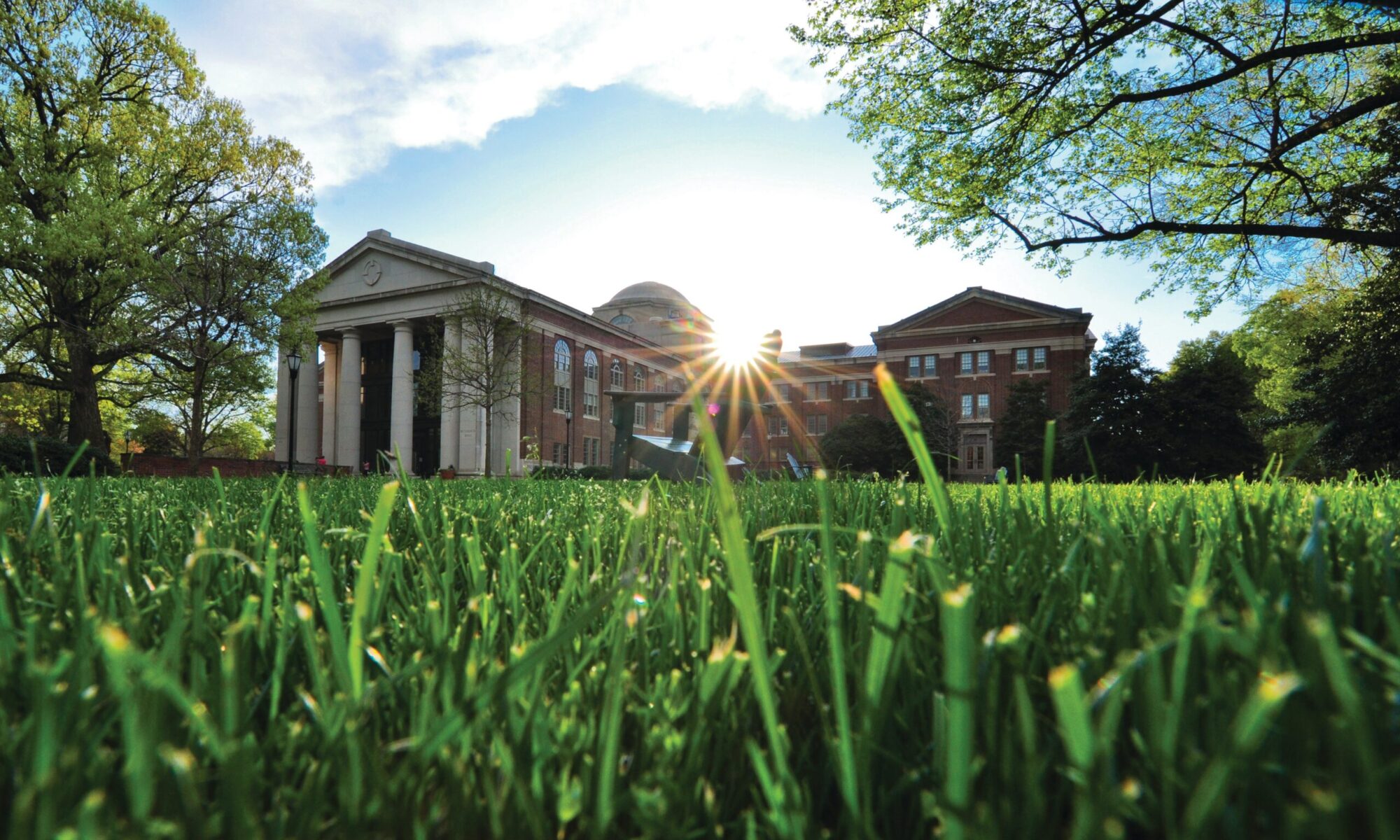Xzavier Killings ’16, the author of this post, is one of four 2014 recipients of a South Carolina Internship Grant provided by Davidson College and The Jolley Foundation. The purpose of the grant is to allow students to participate in educational internships and to explore living and working in the state of South Carolina.

Have you ever imagined what it would be like to intern at a medical clinic? To see a patient in dire need of your help and you have the knowledge and skills to help them? To hear the applaud and admiration of doctors and nurses for doing a good job? Well my experience is nothing like that, but I have been fortunate enough to turn everything I hoped for into reality.
Vital Signs —Before coming to St. Luke’s I knew I wanted to be a doctor, but I didn’t have much experience in different areas of medicine. One might even blame this lack of experience on my knowing nothing about vital signs. I knew they were important because they had the word “vital” in them, but I thought that understanding them was a complicated process that only doctors and nurses knew how to decode. Luckily, I was wrong. My first patient was an elderly woman who was easy going. I feel that she sensed I was green behind the ears and she helped me through the process. I learned that patients help healthcare providers just as much, if not more, than healthcare providers help patients. First we measured her blood pressure, it’s important to note that placement of the sleeve is key! After fiddling with what I thought was the right place, I pressed the button on the machine and it started beeping; it worked! Next we conquered the weighing scale which was pretty self-explanatory. The real challenge came with measuring blood sugar. Once I was over the fear of hurting her from the puncture of the needle, I was able to help. With each new patient, I am reinvigorated to record their signs because I feel it is their body’s way of communicating with me.
Free Food – I bet you’re wondering how free food is connected with my experience in health care. (If you’re not then I don’t understand why you don’t.) Well I’ll tell you, every Tuesday and Thursday St. Luke’s holds a night clinic for patients who aren’t able to attend the day clinic. Church volunteers started a tradition to prepare a meal for the doctors and volunteers who work the night clinics because most of them would leave their practices and regular jobs and come straight to St. Luke’s without eating. By providing a meal it showed the doctors that their time and skill were valued and this created a great relationship between doctors and St. Luke’s. Since I started my internship I have worked every Tuesday and Thursday night until closing at the clinic and have constantly been inspired by the compassion and humility of others. I didn’t expect random acts of kindness to go so far but they really make a huge impact. In the night clinic I’ve had the opportunity to shadow dermatologists, family physicians and orthopedists and have had first-hand experience with patient interaction. I really appreciate how these doctors provide excellent care to patients and communicate with them to the point where they leave knowing everything they talked about and their plan of action for the future. I’ve never seen a patient leave confused or still questioning his/her healthcare. However, I have seen a few leave angry and unsatisfied because they didn’t receive the medicine they wanted or because they weren’t prescribed the treatment they wanted…but that’s a story for next time.
The Back Desk – The first day I got to St. Luke’s I was put in a position to sink or swim. I was literally thrown into the action when the nurse placed me at the nurse’s station, aka back desk, and told me my task was to update patient charts after they had seen the doctor, schedule future appointments, and start their referral application to outside offices. I personally like to call the back desk “hub city” because it is the central area of communication throughout the clinic. One day you could see volunteers talking with doctors or the executive director of the clinic chatting with nurses. (Shout out to Patsy Whitney, executive director of St. Luke’s, for helping turn my dreams into a reality by allowing me to intern at St. Luke’s this summer.) My adventures at the back desk include being relocated to the third floor of the clinic to do administrative tasks where I file charts, update patient’s medication into the computer system and update patient’s re-applications. I’ve actually gotten a head start on learning some of the, nearly impossible to pronounce, medicines like amlodipine and omeprazole. My adventures also include being relocated to the front desk to help with patient check-in and patient application reviews. One of my most memorable experiences at the back desk includes meeting a Davidson Alumnus who also volunteers at the clinic; even though we are small in number we make a big impact (#greatdaytobeawildcat). The back desk has brought many great memories and I’m looking forward to those to come in the following weeks! Who would have thought that St. Luke’s had all this in store for me? Until we meet again….
“Never doubt that a small group of thoughtful committed people can change the world. Indeed, it’s the only thing that ever has.” – Margaret Mead
